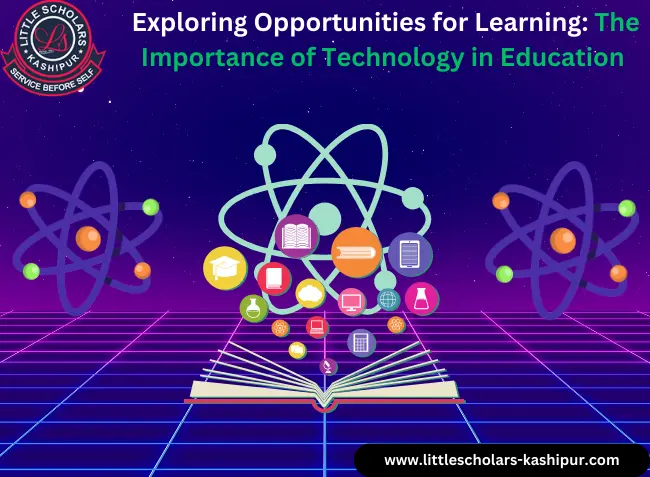In today's fast-paced digital era, the integration of technology in education has become more than just a trend—it's a necessity. From interactive whiteboards to online learning platforms, technology is revolutionizing the way students learn, teachers teach, and educational institutions operate. In this comprehensive guide, we delve deep into the importance of technology in education and how it is reshaping the landscape of learning.
Enhancing Engagement and Accessibility
One of the primary benefits of incorporating technology into education is its ability to enhance student engagement. Interactive multimedia tools, such as educational apps, virtual reality simulations, and gamified learning platforms, captivate students' attention and make learning more enjoyable and interactive. By integrating elements of gamification into lessons, educators can turn complex topics into engaging challenges, motivating students to actively participate in their learning journey.
Moreover, technology has significantly improved accessibility in education. With the rise of e-learning platforms and digital resources, students from diverse backgrounds and geographical locations can access high-quality educational materials at their convenience. This inclusivity ensures that no student is left behind, regardless of their circumstances, fostering a more equitable and accessible learning environment.
Personalized Learning Experiences
Technology empowers educators to tailor instruction to the individual needs and learning styles of each student. Adaptive learning algorithms analyze students' performance data and provide personalized recommendations, allowing teachers to create customized learning paths that cater to students' strengths and weaknesses. Whether through adaptive quizzes, interactive tutorials, or intelligent tutoring systems, technology enables personalized learning experiences that maximize student potential and academic success.
Additionally, online assessment tools facilitate real-time feedback, allowing educators to monitor students' progress more effectively and identify areas for improvement. By leveraging data-driven insights, teachers can adjust their teaching strategies in real time, ensuring that every student receives the support and guidance they need to succeed.
Bridging the Gap Between Theory and Practice
Technology plays a pivotal role in bridging the gap between theoretical knowledge and real-world application. Simulation software, virtual laboratories, and interactive simulations enable students to apply theoretical concepts in practical scenarios, enhancing their understanding and critical thinking skills. For instance, students studying biology can virtually dissect specimens, while aspiring engineers can design and test prototypes using simulation tools.
Furthermore, technology facilitates collaborative learning experiences, allowing students to collaborate with peers from around the globe in real time. Online discussion forums, collaborative projects, and video conferencing tools break down geographical barriers, enabling students to exchange ideas, perspectives, and cultural insights seamlessly.
Facilitating Continuous Learning and Professional Development
The rapid advancement of technology has led to a constant evolution of knowledge and skills across various industries. In the field of education, technology plays a crucial role in facilitating continuous learning and professional development for educators. Online courses, webinars, and virtual conferences provide teachers with opportunities to enhance their pedagogical practices, stay updated on the latest teaching methodologies, and acquire new skills relevant to their subject areas.
Moreover, technology enables educators to connect with a global network of peers and experts, fostering collaboration and knowledge sharing within the education community. Through online forums, social media groups, and professional networking platforms, teachers can engage in discussions, seek advice, and share best practices, ultimately enriching their teaching practice and improving student outcomes.
Addressing Challenges and Building Resilience
While the integration of technology in education offers numerous benefits, it also presents its fair share of challenges. From digital literacy gaps to access barriers, educators must navigate various obstacles to ensure equitable and effective implementation of technology in the classroom. Moreover, concerns related to data privacy, cybersecurity, and online safety require careful consideration to safeguard students' well-being and protect sensitive information.
However, by addressing these challenges proactively and implementing robust policies and protocols, educational institutions can build resilience and adaptability in the face of technological advancements. Through ongoing training, support, and collaboration, educators can leverage technology as a powerful tool to enhance teaching and learning outcomes, preparing students for success in the digital age.
A Complete Guide to the Power of Parental Involvement in Education: Read more
Conclusion
In conclusion, the importance of technology in education cannot be overstated. From enhancing engagement and accessibility to personalizing learning experiences and fostering continuous professional development, technology is revolutionizing the way we teach and learn. By embracing technological innovations and addressing associated challenges, educators can unlock the full potential of technology to empower students, bridge educational gaps, and shape the future of learning.




